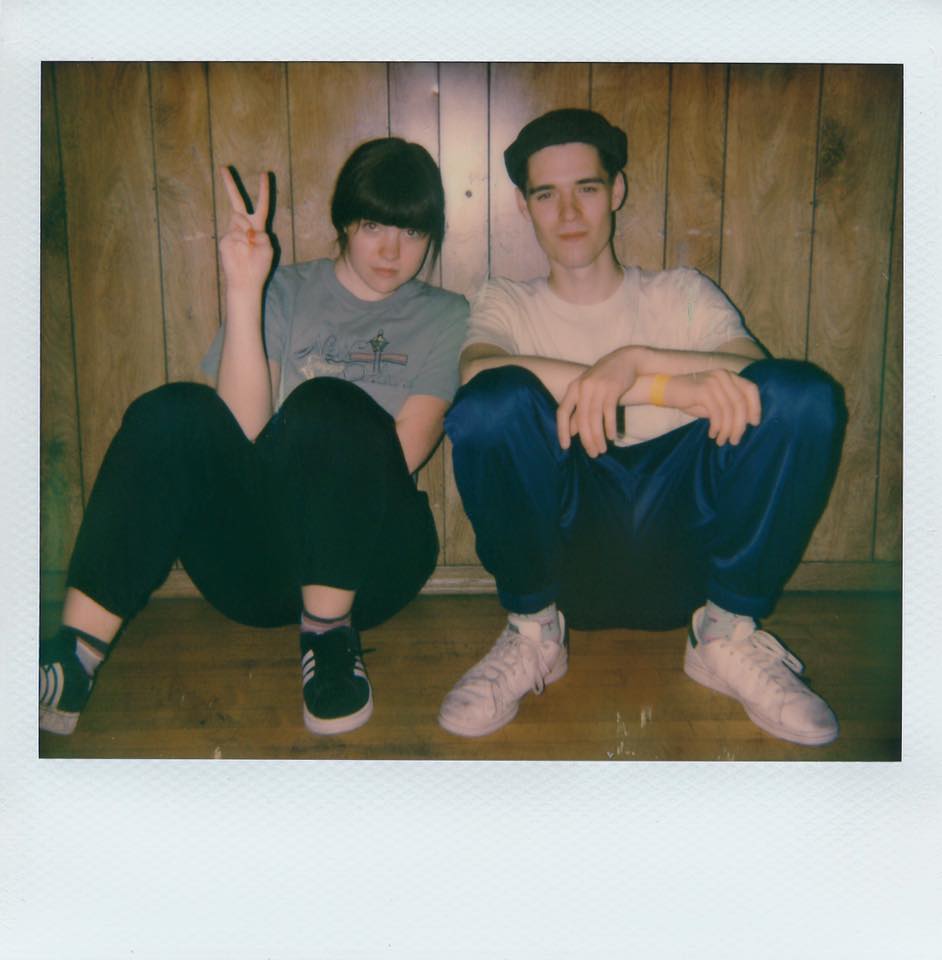One of them likes to solve Rubik’s Cubes, blindfolded, on tour. The other is capable of executing elaborate drum programs programmed on a computer, on live percussion. Meet Tennyson and learn how they work.
As we saw before, Ableton Loop is a place not just for learning about a particular product for musicians, but gathering together ideas from the electronic music community as a whole. And Ableton have been sharing some of that work in an online minisite, so you get a free front row ticket to some of the event from wherever you are.
Tennyson is a good example of how explorations at Loop can cover playing technology as instrument – and everything that means for musicians. Watch:
Tennyson are a young Canadian brother and sister duo, with a unique musical idiom they tested together in live acoustic-electronic improvisations in jazz cafes. Complicated, angular rhythms flow effortlessly and gently, the line between kit and machine blurring. For Loop, they’re interviewed by Jesse Terry, who is product owner for Ableton Push (and has a long history working with the hardware that interacts with Live).
And the sample programming is insane: you get Runescape samples. A baby sneezing. The Mac volume control sound. It’s obsessive Internet-age programming – and then Tess plays this all as acoustic percussion and kit.
In this talk, they talk about jazz education, getting started as kids, Skype lessons. And then they get into the workings of a song.
The big trick here: the duo use Live’s Racks, using the Chain function, so that consistently mapped drum parts can cycle through different sounds as she plays. (I’ll review that technique in more detail soon.) 24 variable pads play all the sounds as Tess is playing.

Working with Chains in Ableton Live’s Device Racks can let you cycle through samples, patches, and layered/split instrument settings.
Part of why the video is interesting to watch is it’s really as much about how Tess has gradually learned how to memorize and recall these elaborate percussion parts. It’s a beautiful example of the human brain expanding to keep up with, then surpass, what the machine makes available.
For Luke’s part, there’s a monome [grid controller], keyboard triggers, and still more electronic pads. The monome loops chopped up samples, sticks can trigger more samples manually — it’s dense. He plays melodic parts both on keyboard and 4×4 pad grid.
The track makeup:
- Arrangement view contains the song structure
- A click track (obviously)
- Software synths each have set lists of sounds, with clips triggering sound changes as MIDI program changes
- The monome / mlrv sequencer
Here’s an (older) extended live set, so you can see more of how they play:
https://www.youtube.com/watch?v=GaYMQ8Wq2lA
Here’s their dreamy, poppy latest music video (released March) – made all the more impressive when you realize they basically sound like this live:
More background on the band:
Welcome to the Magically Playful World of Tennyson [Red Bull Music]
New band of the week: Tennyson (No 14) [The Guardian]
Image courtesy the artists.
Check out a growing selection of content from Loop on Ableton’s minisite:
https://www.ableton.com/en/blog/loop/
Bonus: for a quick run-down on chains, here’s AfroDjMac:
